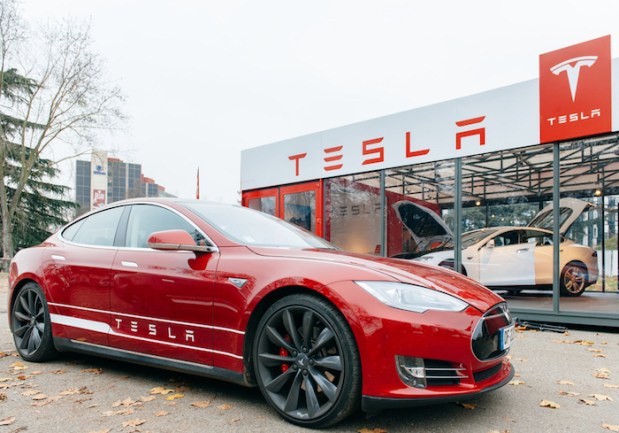Does A Fatal Crash Mean The End Of The Automated Driving Industry?

Would you ride in a car driven by a computer?
As cool as the idea and concept of automated driving sounds, there are still many people who feel uncomfortable with such a notion or who argue that it will never truly be 100 percent safe.
Arguments that were thrust back into the spotlight last week after Tesla revealed that a driver using the Autopilot feature on its Model S was killed on a Florida highway in May after the vehicle drove into a tractor-trailer. It was the first time anyone ever driving a Tesla had been killed as a result of the Autopilot function, the company said in a statement released June 30.
According to Tesla, the Autopilot feature didn’t register the white side of the trailer against the bright sky, nor did the driver or the Autopilot apply the brakes (even though it’s called Autopilot, Tesla recommends that drivers stay alert at all times in the vehicle and keep their hands on the wheel).
Tesla also revealed that it was under investigation by the National Highway Traffic Safety Administration as a result of the crash, an investigation that could have a far-reaching impact on both Tesla as a brand and the future of the automated driving industry.
Before the fatal Tesla crash even happened, AAA conducted a survey in March of this year that found that three out of four U.S. drivers were “afraid” to ride in a self-driving car.
Although the study also found that 61 percent of Americans still wanted at least some form of semi-autonomous vehicle assistance in their next vehicle, such as automatic emergency braking, adaptive cruise control, self-parking technology or lane-keeping assist.
The study also found that drivers who have or have used semi-autonomous driving features on their vehicles were 75 percent more likely to trust the technology than those who did not or had never used it.
“With the rapid advancement towards autonomous vehicles, American drivers may be hesitant to give up full control,” John Nielsen, AAA’s managing director of automotive engineering and repair, said in a statement. “What Americans may not realize is that the building blocks towards self-driving cars are already in today’s vehicles, and the technology is constantly improving and well-trusted by those who have experienced it.”
Tom Simonite, writing for MIT Technology Review late last month, thinks that news of the first fatality associated with automated driving vehicles could lead to increased public perception of what the vehicles can and should actually be capable of and used for.
“But even if automated cars can be much safer than conventional ones, they will still be involved in accidents,” according to Simonite. “No software can be perfect. And as self-driving technology matures, regulators and society as a whole will have to decide just how safe these vehicles need to be. Indeed, it has been argued that, in some situations, autonomous vehicles must be programmed to actively choose which people to harm.”
More than 30,000 people are killed in auto accidents each year on American roads, and Tesla Founder Elon Musk has continually argued that Tesla’s Autopilot feature makes the car far safer than were it simply driven by a conventional driver.
Make no mistake, though, even though the Tesla fatality could pose a significant blow to the public’s perception of the technology — which is really too soon to tell at this point — automated driving cars are coming. And four or five years from now, they could be on backroads and highways all across America.
Google has been working on a self-driving car for years, which Simonite says is more sophisticated and has higher-detailed sensors than Tesla, and plans to mass produce the vehicle by 2020.
Apple is rumored to be working on the iCar (or whatever it will eventually be called).
BMW announced a partnership last week with Intel and Mobileye to develop its own self-driving car by 2021, Kia has promised its version of the self-driving car on the road by 2020 and nearly every other major automaker is kicking some version of the tires of the automated driving industry.
But only time will tell whether or not the public will embrace these vehicles when they hit showrooms and sales floors in four or five years.
It remains to be seen if Tesla and Musk view the fatality and the government investigation as a serious threat to their business model, but Tesla did make the curious move of selling more than $2 billion of its stock in a public offering at $215 a share eleven days after the accident occurred on May 7 but more than a month before Tesla would publicly reveal that information.
If the government deems Tesla’s Autopilot system unsafe, it could prompt a recall of the vehicles, which could prove disastrous or a major setback to the automated driving industry and the many vehicles already in the pipeline.
It will probably all come down to how the majority of the public feels about this question: Would you ride in a car driven by a computer?
